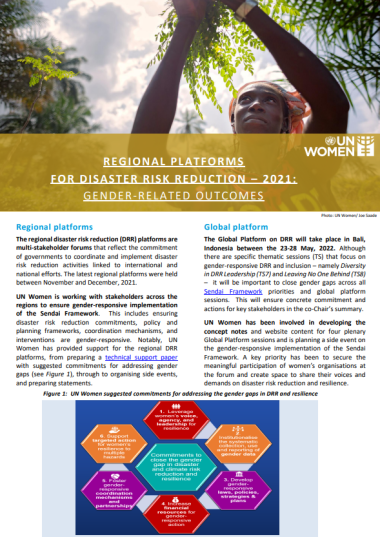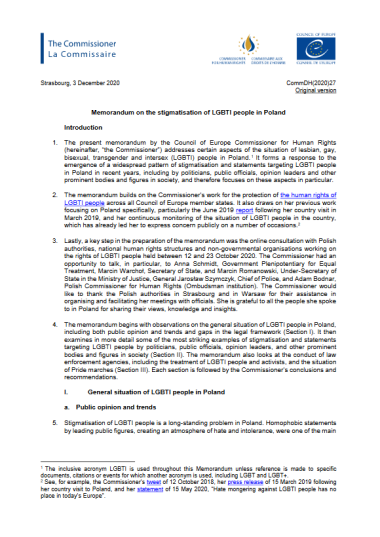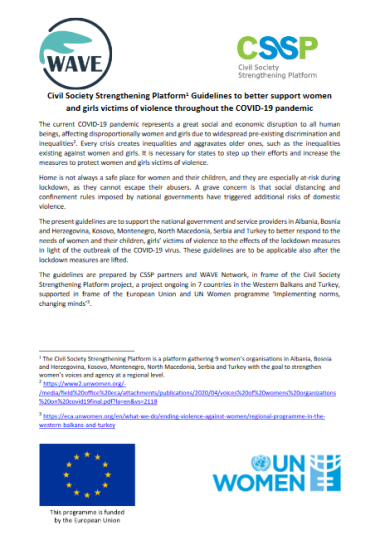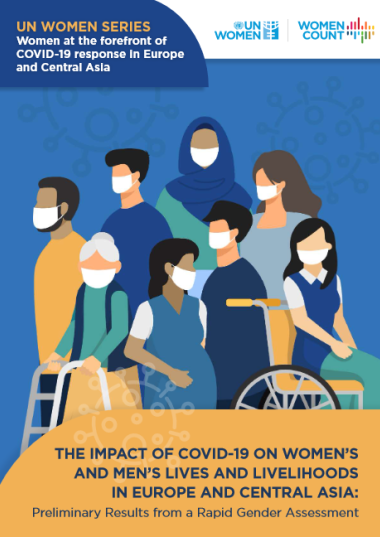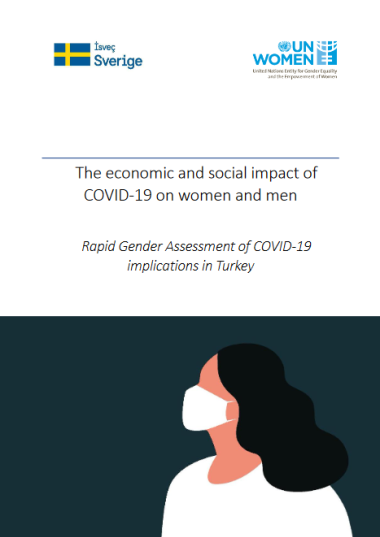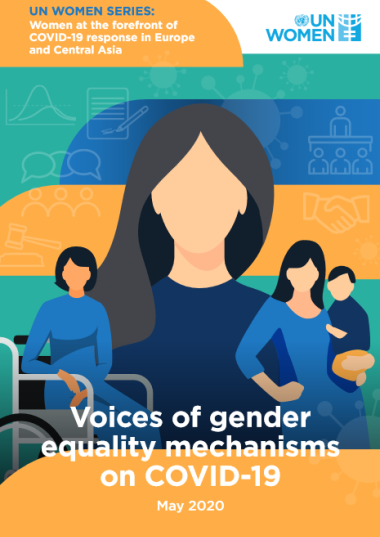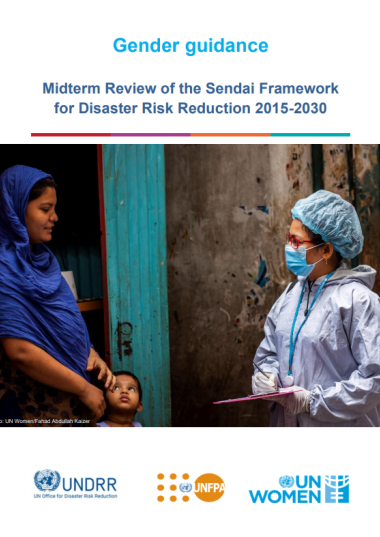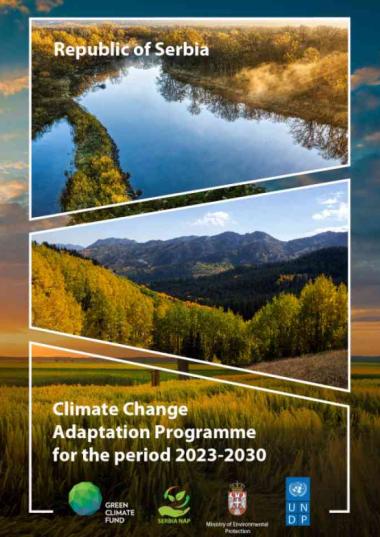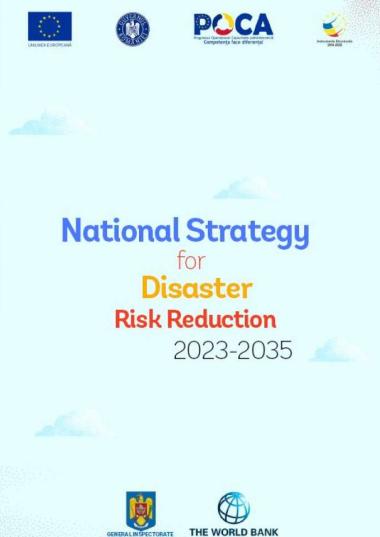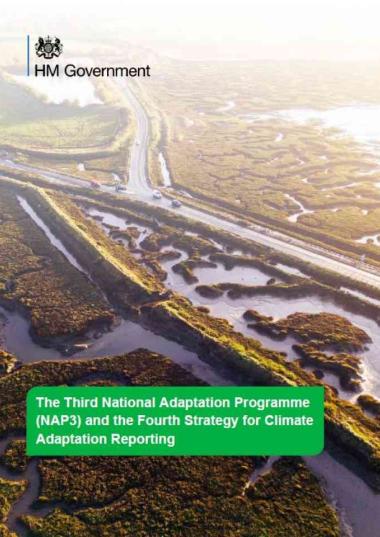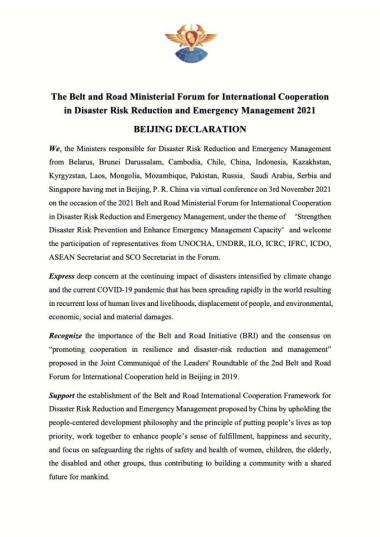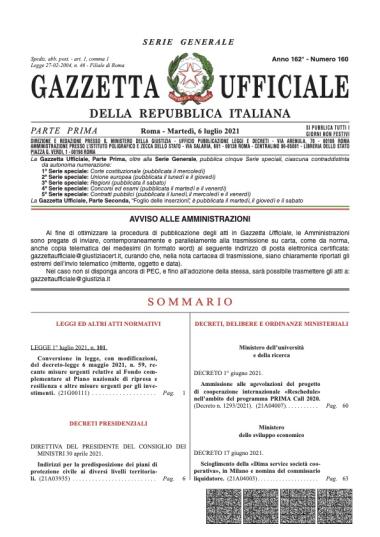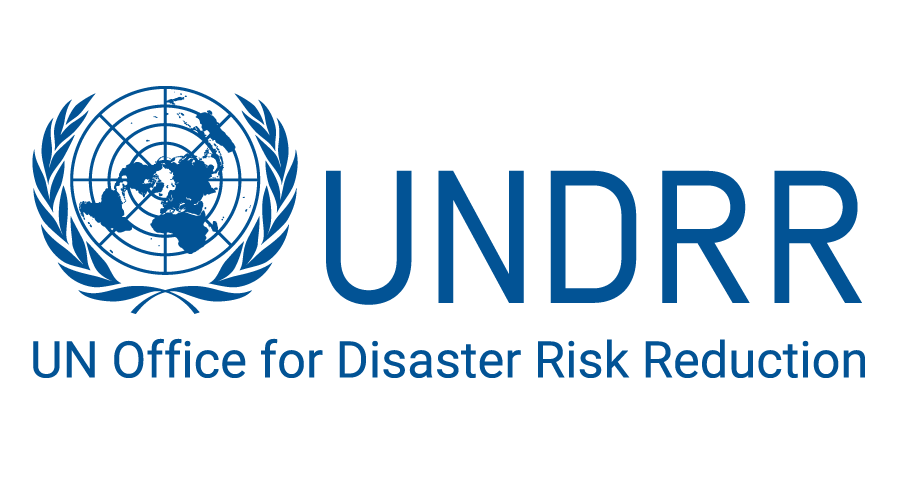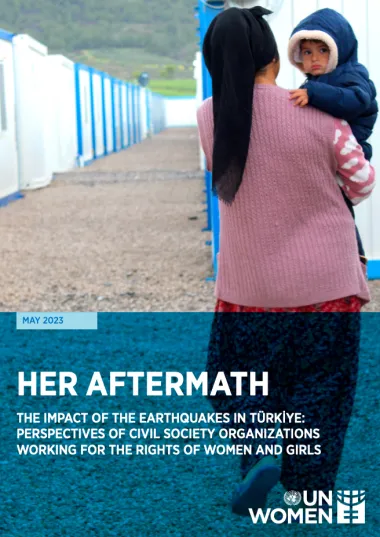
Europe and Central Asia is a region highly vulnerable to the impact of hazards – including climate-related hazards – such as droughts, floods, strong winds, earthquakes, and landslides.
According to the World Bank, disasters cost Central Asia US$ 10 billion a year affecting nearly 3 million people annually. The disproportionate impact of disasters on women and girls in Europe and Central Asia is related directly to pre-existing inequalities, unequal access to resources, information, finance, technologies and decision-making, leaving them largely excluded from prevention and preparedness processes, which not only increases their vulnerability and exposure, but also causes greater challenges in coping and rebuilding after a crisis. During the COVID-19 pandemic for instance, three out of every five women in the region reported higher concerns of not being able to access health services.
Countries in Europe and Central Asia have made progress in developing gender-responsive disaster risk reduction. However, gaps still remain in mainstreaming gender in the design, planning and implementation stages of DRR initiatives. Women's capacities are still overlooked, their vulnerabilities are misunderstood, and their potential to lead as agents of change is often ignored. Failure to consider the varied capacities and vulnerabilities of men and women perpetuates cycles of inequality, leads to ineffective DRR interventions and puts women at greater risk.
